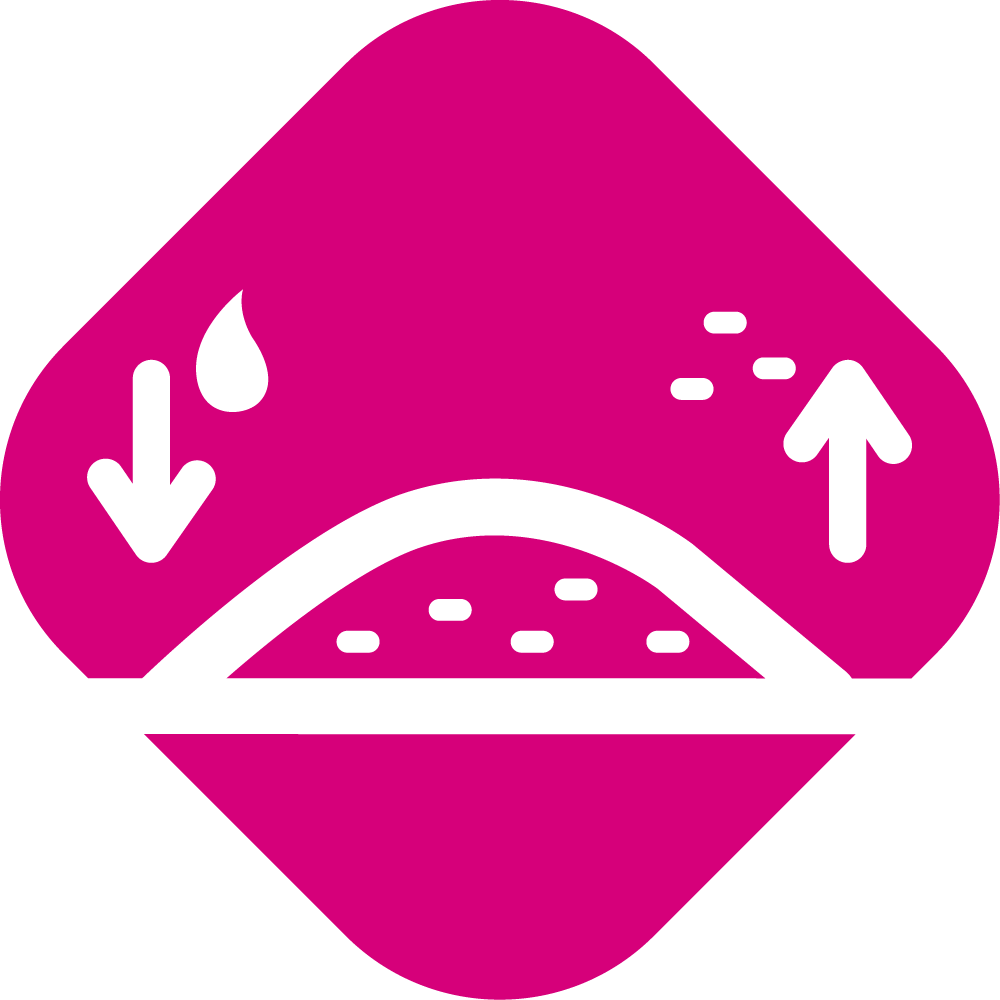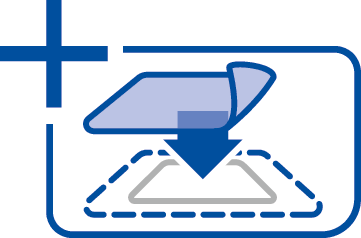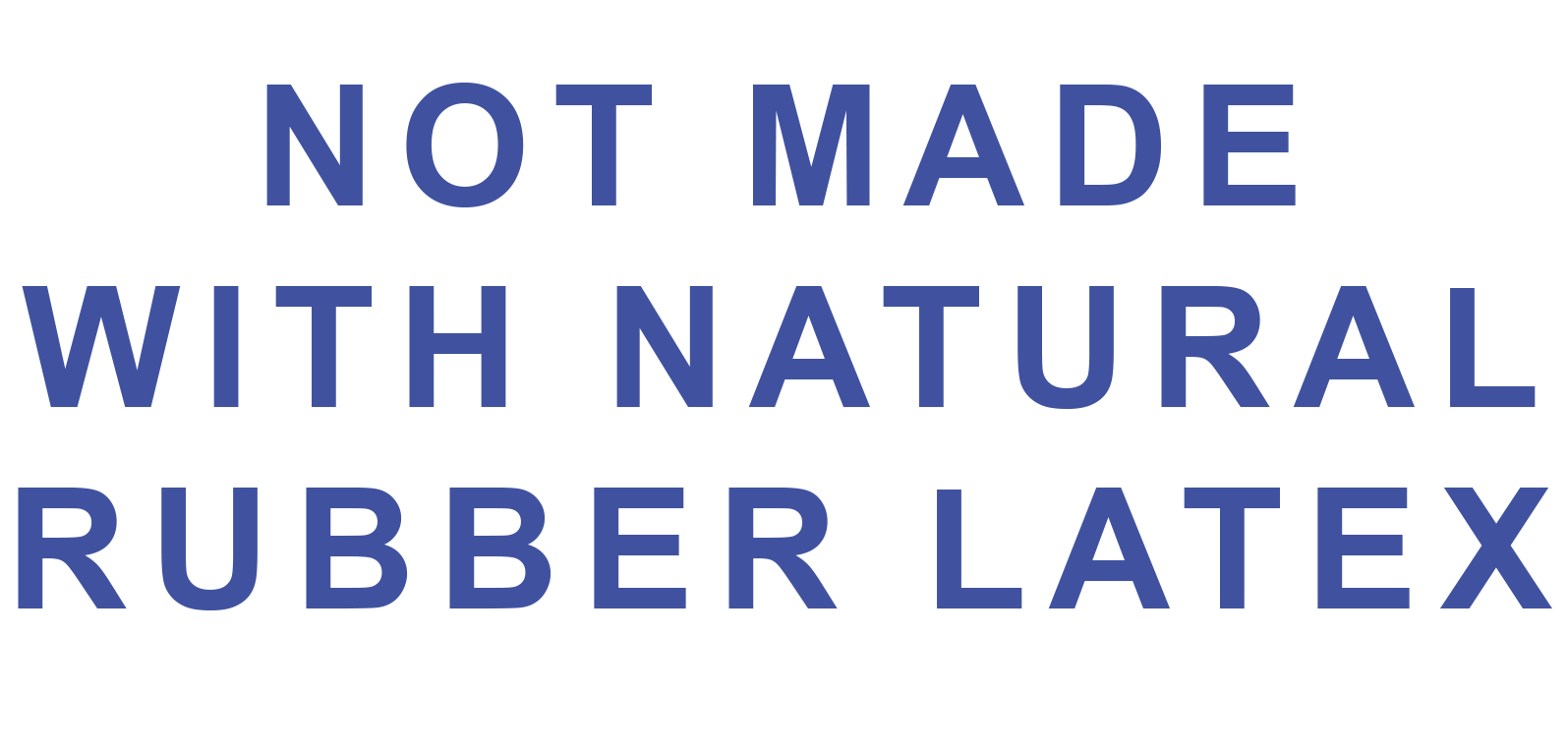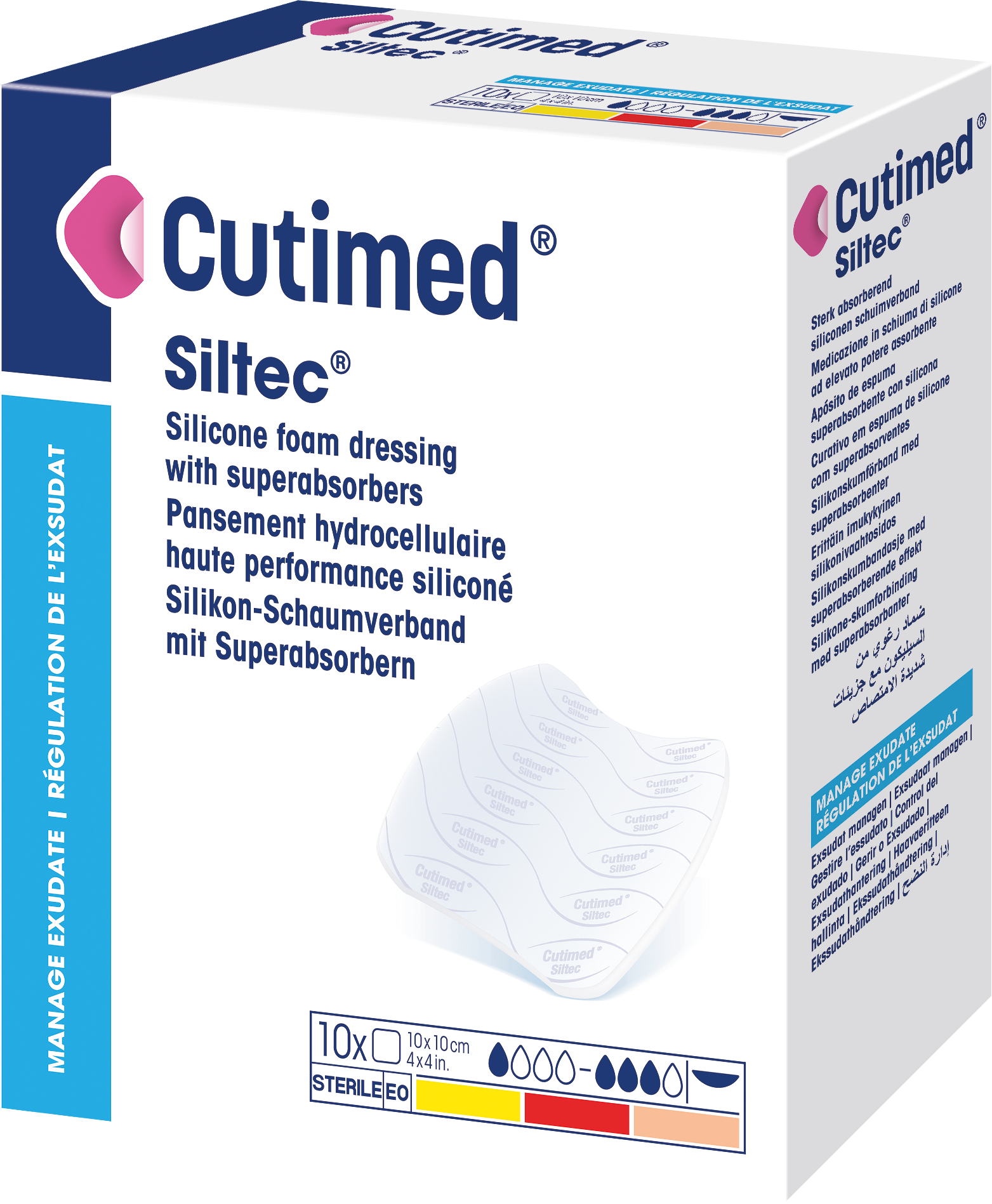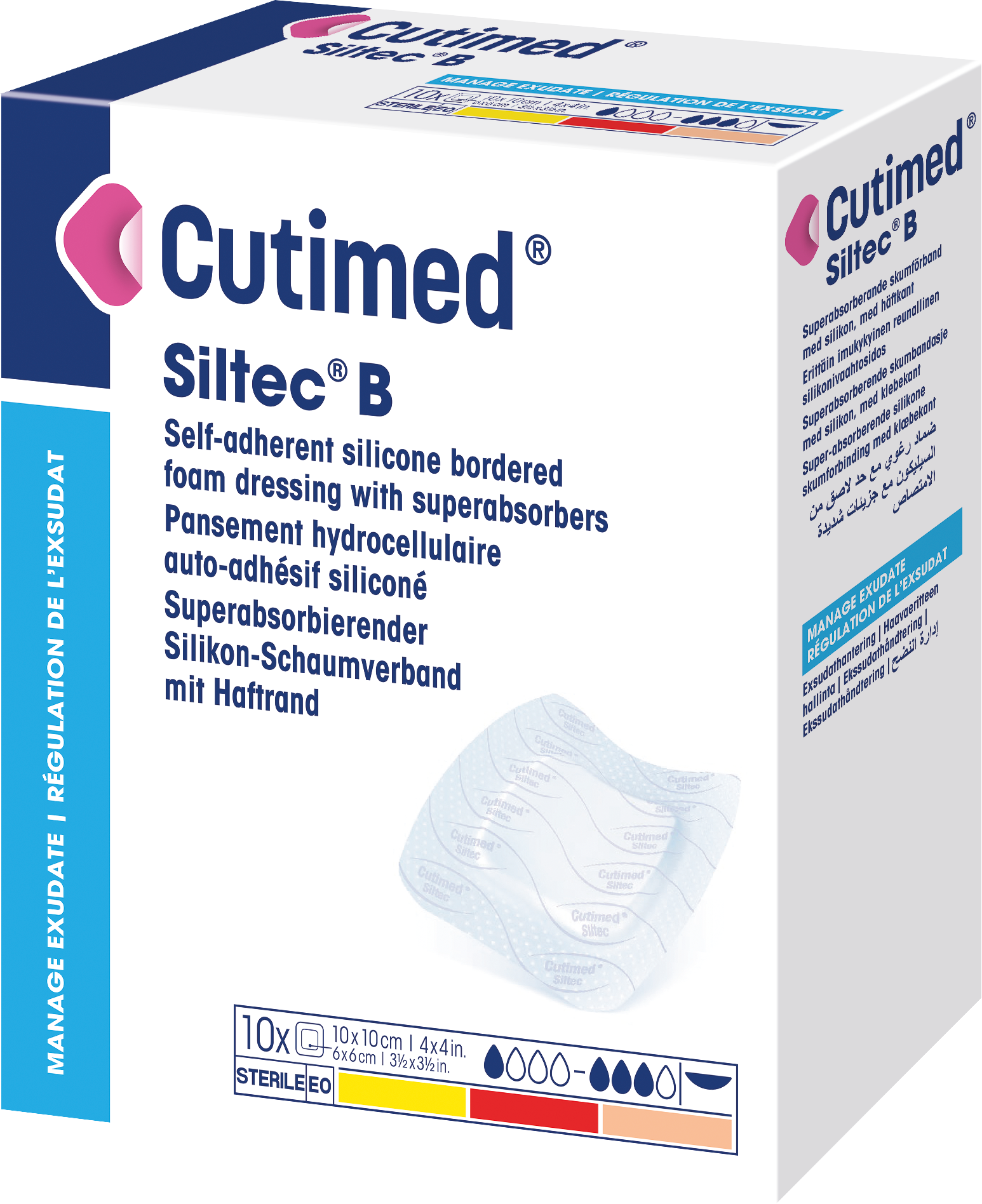is a hydrophobic bacteria binding wound dressing, based on Sorbact® Technology. It consists of a green Sorbact® wound contact layer with a water-based gel containing carbomer and propylene glycol (10%), and allows passage of wound exudate into a secondary dressing. Cutimed® Sorbact® Gel dressing hydrates and donates moisture to the wound, enableing a moist wound enviornment and promotes autolytic debridement.
- For use in infection wound management
- Safe removal of hydrophobic bacteria
- Donates moisture and hydrates the wound bed



